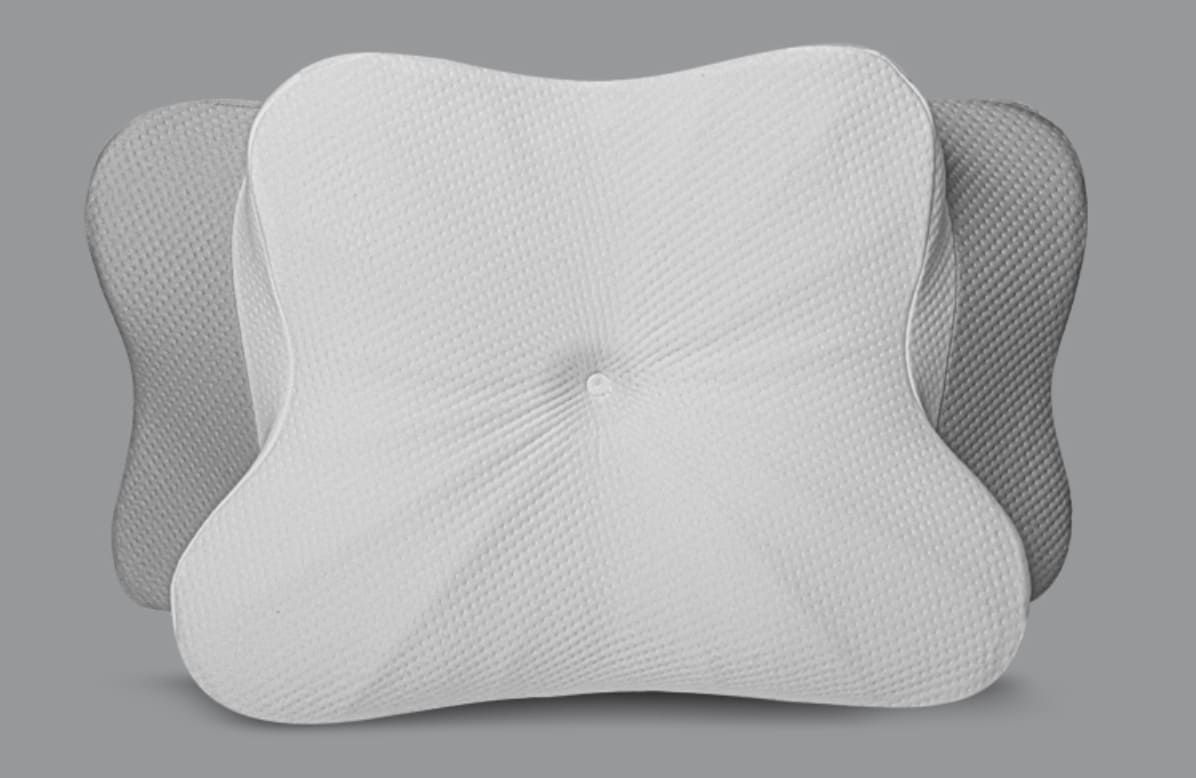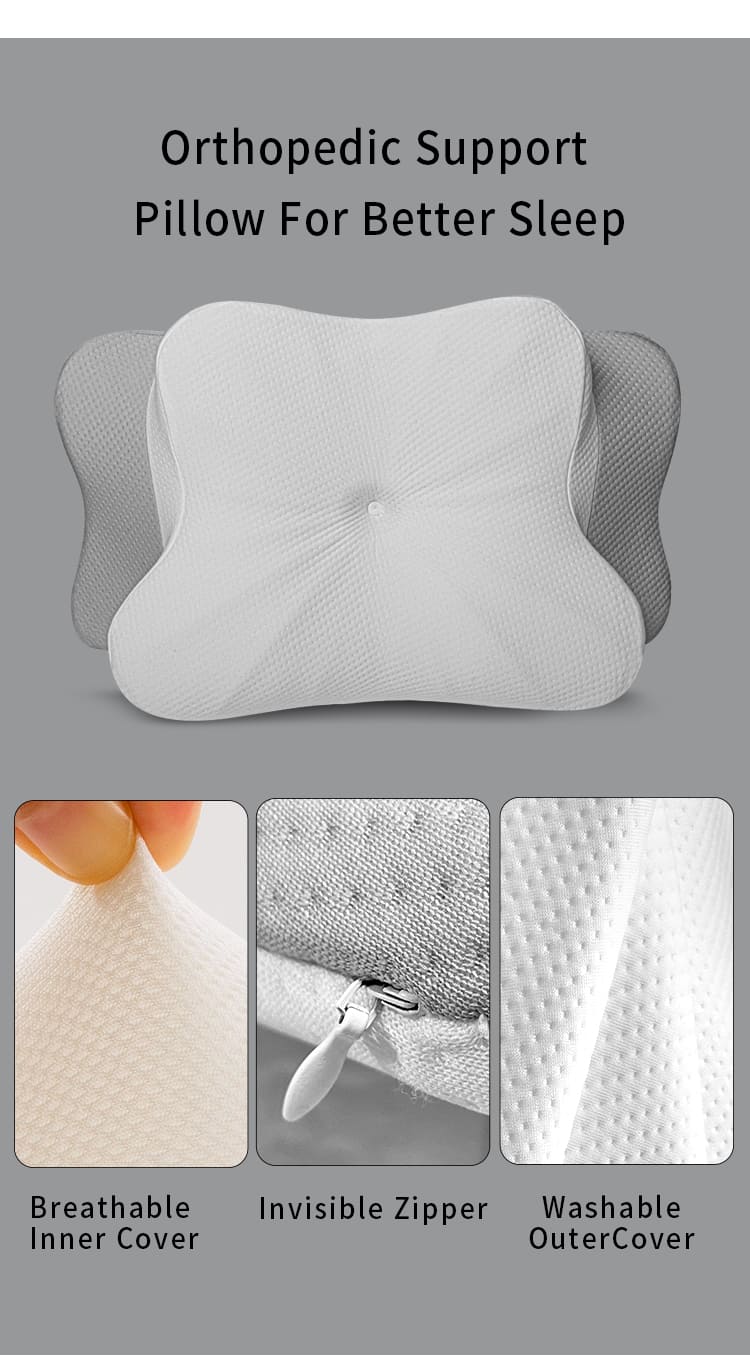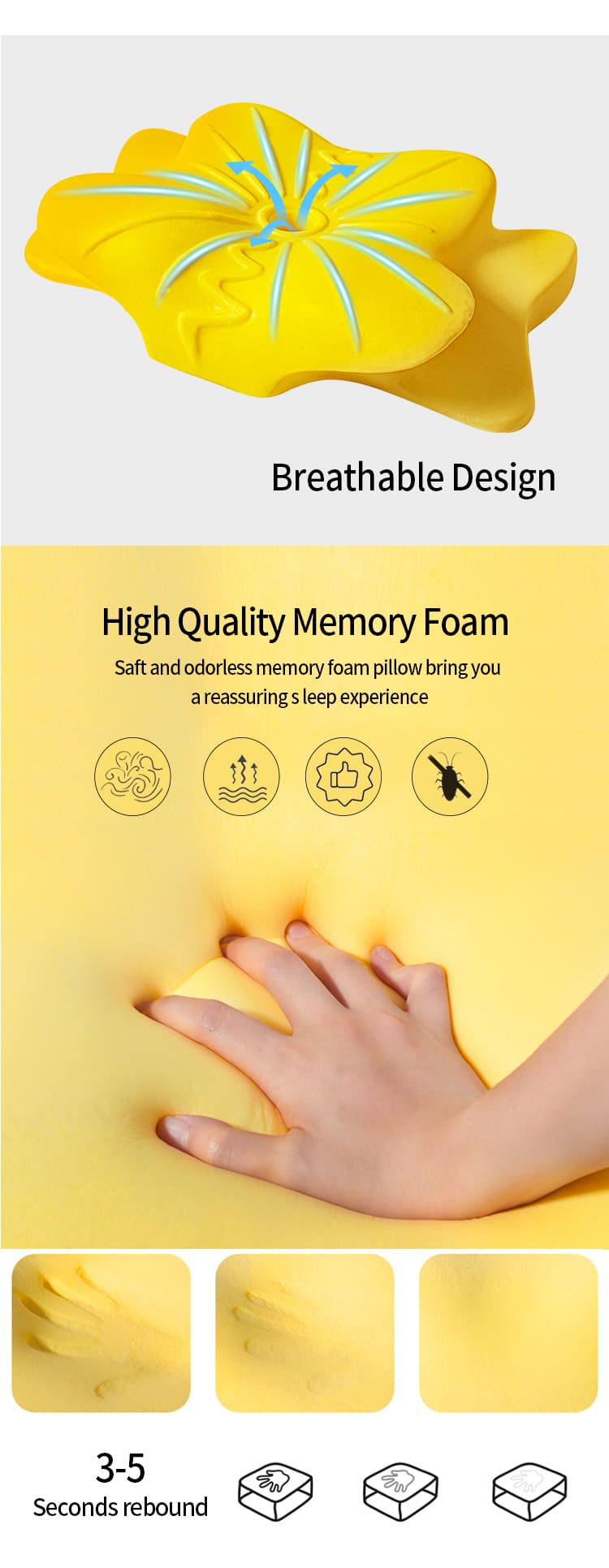What Are Memory Foam Pillows Made Of? Discover the Science Behind Comfort
What Are Memory Foam Pillows Made Of? Unveiling the Science Behind Comfort
Memory Foam Pillows have become synonymous with comfort and support, revolutionizing the way we sleep. But what exactly are they made of, and what makes them so uniquely comfortable? Here’s an in-depth look at the science behind memory foam pillows and the materials that contribute to their exceptional performance.

1. The Core Material: Viscoelastic Polyurethane Foam
The primary material used in memory foam pillows is viscoelastic polyurethane foam, commonly known as memory foam. This material was initially developed by NASA in the 1960s to improve seat cushioning and crash protection for astronauts. The unique properties of viscoelastic foam make it ideal for sleeping surfaces:
- Viscoelasticity: This refers to the foam’s ability to exhibit both viscous and elastic characteristics when undergoing deformation. In simple terms, memory foam responds to pressure and heat, allowing it to conform to the shape of your head and neck while providing support.
Slow Recovery: Memory foam slowly returns to its original shape after the pressure is removed, creating a cradling effect that enhances comfort and reduces pressure points.

2. Density and Firmness
Memory foam pillows come in various densities and firmness levels, which are determined by the foam’s composition and manufacturing process:
- Density: Higher-density memory foam tends to offer better support and durability, as it contains more material per cubic foot. This results in a firmer feel and greater longevity.
- Firmness: The firmness of a memory foam pillow can be adjusted by altering the chemical composition and the manufacturing process. Pillows can range from soft to very firm, catering to different sleep preferences and needs.
3. Open-Cell Structure
Most memory foam pillows feature an open-cell structure, which enhances their breathability and temperature regulation:
- Air Flow: The open-cell structure allows air to circulate through the foam, helping to dissipate heat and keep the pillow cool throughout the night.
- Temperature Sensitivity: Memory foam is temperature-sensitive, meaning it becomes softer in warmer conditions and firmer in cooler conditions. This property allows the pillow to adapt to your body temperature for personalized comfort.
4. Additives and Enhancements
To improve the performance and comfort of memory foam pillows, manufacturers often incorporate various additives and enhancements:
- Gel Infusion: Gel particles or layers are added to memory foam to enhance its cooling properties. Gel-infused memory foam pillows help regulate temperature and provide a cooler sleeping surface.
- Charcoal or Bamboo Infusion: These natural additives can help with moisture-wicking, odor control, and antibacterial properties, contributing to a fresher and more hygienic sleep environment.
- Aloe Vera: Some memory foam pillows are infused with aloe vera, which can have soothing properties and contribute to skin health.
5. Covers and Encasements
The cover or encasement of a memory foam pillow also plays a crucial role in its overall comfort and performance:
- Breathable Fabrics: Covers made from breathable materials like cotton, bamboo, or microfiber enhance airflow and help keep the pillow cool.
- Removable and Washable: Many memory foam pillows come with removable and washable covers, making it easy to maintain hygiene and cleanliness.
- Hypoallergenic Properties: Some covers are designed to be hypoallergenic, protecting against dust mites, allergens, and bacteria, which is beneficial for individuals with allergies or asthma.
6. Customizable Shapes and Designs
Memory foam pillows are available in a variety of shapes and designs to cater to different sleeping positions and preferences:
- Traditional Shape: Rectangular pillows that resemble conventional pillows but with the added benefits of memory foam.
- Contour Shape: Ergonomically designed pillows with contoured shapes to support the neck and shoulders, ideal for back and side sleepers.
- Wedge Shape: Triangular pillows that provide support for the upper body, often used for reading or alleviating acid reflux and snoring.
Travel Pillows: Compact and portable memory foam pillows designed to provide comfort and support during travel.

7. Environmental Considerations
Many manufacturers are now focusing on producing eco-friendly memory foam pillows by using sustainable materials and processes:
- CertiPUR-US Certification: Look for memory foam pillows that are CertiPUR-US certified, indicating that the foam is made without harmful chemicals, heavy metals, or ozone depleters.
- Eco-Friendly Manufacturing: Some companies are adopting greener manufacturing practices to reduce the environmental impact of memory foam production.
In conclusion, memory foam pillows are crafted from viscoelastic polyurethane foam, enhanced with various additives and covered in breathable, often hypoallergenic fabrics. Their unique properties, such as conforming to the shape of the head and neck, slow recovery, and customizable designs, make them a superior choice for achieving a comfortable and supportive sleep environment. Understanding the materials and science behind memory foam pillows helps you make an informed decision for a better night’s sleep.
